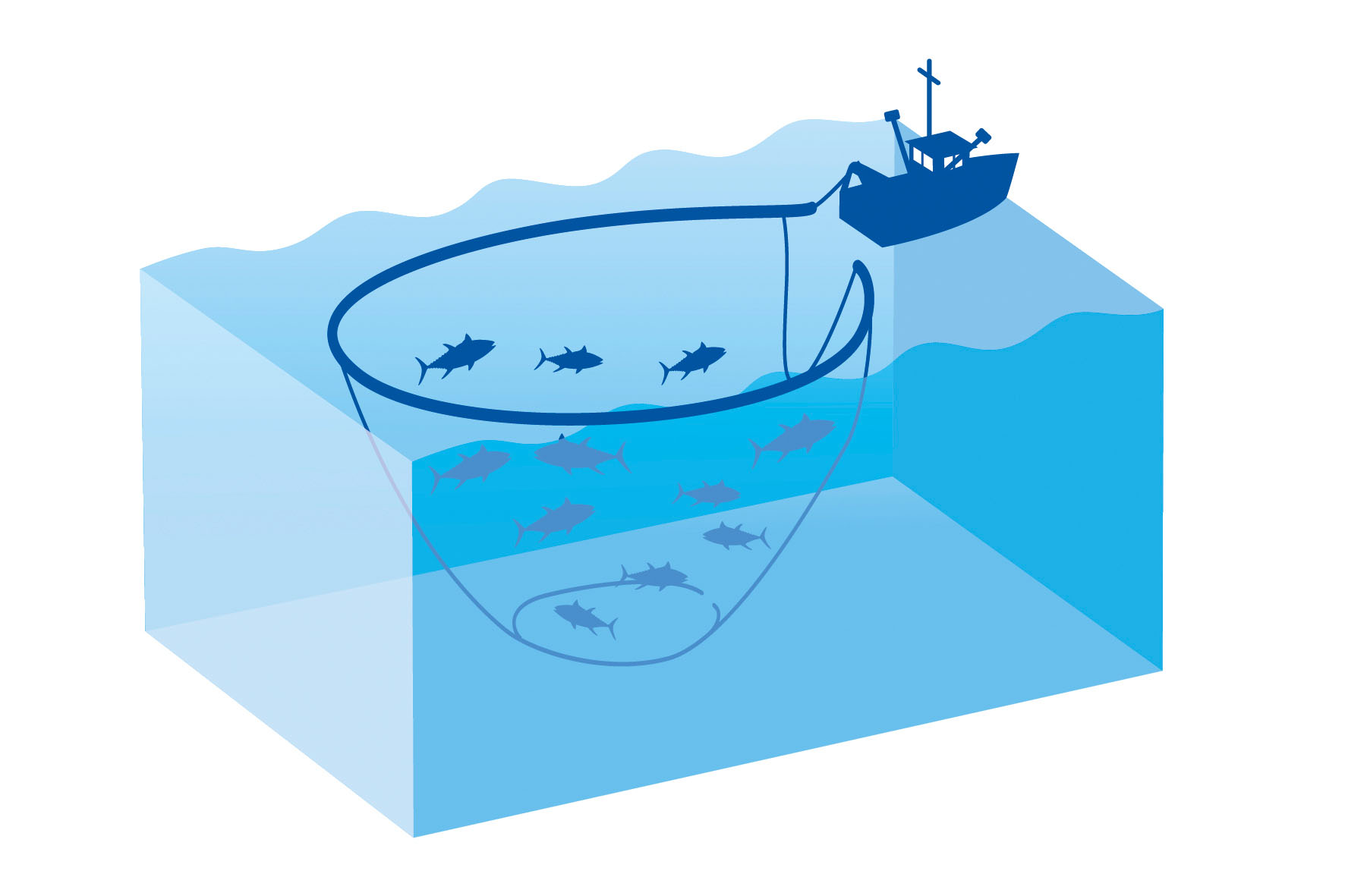Average Weight/Length
Family, Genus, Class & Etymology
| Family | Abyssocottidae |
| Description | Deep-water sculpins |
| Environment | Fresh |
| Etymology | Greek, abyssos = bottomless + Greek, kottos = a kind of fish; derived from Greek, kotta = head |
| Genus | 7 |
| No. of Species | 24 |
| Order | Scorpaeniformes |
| Class | Actinopterygii |
| Reproductive Guild | Guarders |
| Distribution | Primarily Lake Baikal, Siberia. Postcleithra reduced or absent; dorsal fin with 3-10 spines and 10-21 soft rays; anal fin with 8-16 soft rays; pelvic fin with one spine and 2-4 soft rays; vertebrae 30-37. Generally occur below 170 m. |
Location Habitat
Biology & Physical Description
Life Cycle & Mating Behavior
Geographic Species Map (Fishbase.org Map)
|
|

|
Summary of Distribution: test |
|
Note: Distribution range colors indicate degree of suitability of habitat which can be interpreted as probabilities of occurrence (fishbase.org) |
|
Sport Fishing Techniques
|
|
CastingBait casting is a style of fishing that relies on the weight of the lure to extend the line into the target area. Bait casting involves a revolving - spool reel (or “free spool”) mounted on the topside of the rod. Bait casting is definitely an acquired skill. Once you get the hang of the technique, you will be casting your lures right on target into the places where fish are feeding and hanging out. With bait casting, you can use larger lures (1/2 to 3/4) and cast them for longer distances. Spin casting is an ideal fishing method for beginning anglers, and the same time professional anglers use it for bass fishing. Spin -casting is easier than bait casting. You can use it to cast both light and heavy lures without tangling or breaking your line. You can use an open-face, closed-face or spin-cast reel for spin casting.. |
|
|
|
TrollingA trolling boat has multiple outriggers, poles and lines attached that use lures dragged across the ocean surface at speeds of 4 – 10 knots. Large beefy hooks are used with special durable lures allowing the fisherman to easily unhook the gamefish that has been caught and quickly get their lines back into the water. The larger the lures, the larger the potential fish, the larger the hooks. A tuna boat will usually make slow wide circles when trolling. A billfish boat will usually work ledges, fathom lines, zig zag area coordinates or make trolling circles if bait or a porpoise school is located and/or if they are fishing a FAD.. |
|
|
|
DriftingDrift fishing allows you to fish over a variety of habitats as your boat drifts with the currents or wind movement. You can drift fish on the bottom or change the depth with a bobber or float. Natural baits work best. But jigs, lures and artificial flies will produce good results, too. You can drift fish on the ocean, as well as ponds, lakes, rivers and streams any time of the day and year.. |
|
|
|
Still FishingThe simplest of fishing methods can also be the most effective. Still-fishing is a matter of putting your bait in the water and waiting for a fish to find it. Depending on water depth and what you’re trying to catch, you may want to still-fish near the surface, at a mid-water depth, or right down on the bottom. Using a float, or bobber, makes it easy to fish near the surface, or you can add sinkers to your line to fish deeper. Still fishing is a versatile way to go. You can do it from a pier, a bridge, an anchored boat or from shore. You can still fish on the bottom or off the bottom in ponds, lakes, rivers and streams for a variety of species. And you can still fish during most seasons and during any part of the day. You have to be very patient. You need to wait for the fish to bite. Still fishing is a versatile way to go. You can do it from a pier, a bridge, an anchored boat or from shore. You can still fish on the bottom in ponds, lakes, rivers and streams for a variety of species. . |
|
|
|
Jigging (Bottom)Jig fishing is popular and challenging. Why? Because the person fishing is creating the action that attracts, or doesn’t attract, the particular type of fish he or she is trying to catch. Here’s how it works. Cast out and let your jig hook sink to the bottom. Then use your rod tip to raise the bait about a foot off the bottom. Then let it drop back to the bottom. You can jig up and down, side to side or up and down and sideways. Jig rigs come in all sizes, shapes and colors, and can be used with or without live bait.. |
|
Tackle & Baits
Game Rating
Game Rating : 10/10
Game Description :
Best of the Best. Right up there with Blue Marlins for power, stamina and acrobatics.
Food Rating
Game Rating : 8/10
Game Description :
Pretty good, especially the small ones under 200lbs. Nutritional Facts by Serving Size: 100g / 3.5oz (raw)
Picture (Fish)
|
|
|
|
|
|
Picture Mount
|
|
|




















 Black Marlin
Black Marlin 










